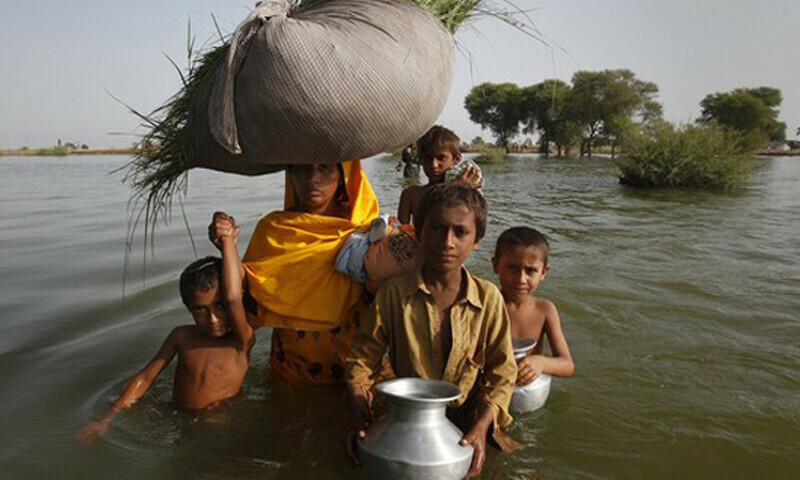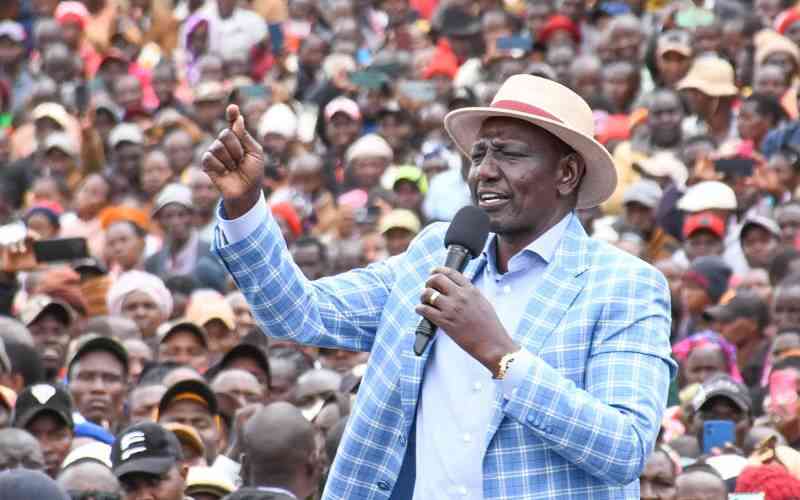Youth Quake in Nepal: Gen Z Topples PM, Leaving Nation in Political Turmoil

The recent political upheavals in Nepal, mirroring earlier unrest in Bangladesh and Sri Lanka, reveal a concerning and recurring pattern across South Asia. This pattern is characterized by a combustible mix of youthful anger, triggered by sudden symbolic events such as social media bans or quota decisions, set against a backdrop of prolonged governance failures. The region's substantial 'youth bulge,' while a potential demographic dividend, can quickly become a political accelerant if young people are left unemployed, unskilled, and politically marginalized.
Nepal recently plunged into crisis as thousands of young people poured into Kathmandu following a government-imposed social media ban. The protests escalated into mass demonstrations and violent clashes, with agitators storming parliamentary zones and restricted areas. The security forces responded with teargas, water cannons, rubber bullets, and even aerial firing, leading to at least 19 deaths and numerous injuries. Hospitals in Kathmandu treated dozens in critical condition, and the city was placed under tight restrictions. The government justified its actions by stating that major social media platforms had failed to comply with Supreme Court-backed directives and ministerial ultimatums regarding registration and the appointment of local grievance officers.
Gen Z and younger millennials have been central to these upheavals, a phenomenon deeply rooted in demography. South Asia's large youth cohort, though a potential economic engine, confronts high unemployment rates – 17.2 percent in Nepal, for instance – weak governance, and exclusionary politics. This creates a clear and troubling correlation: where large youth cohorts face such conditions, the probability of political unrest significantly rises. A concentration of restless, digitally connected youth provides fertile ground for mobilizers and poses a substantial challenge to brittle political systems.
Nepal's history itself, transitioning from a monarchy until 2008 and marked by chronic instability and a decade-long Maoist insurgency (1996-2006) that killed thousands, informs how its Army and police respond to disorder and how political elites utilize nationalist narratives. The dynamics of leaderless, rapid, non-violent contention are further elucidated by American political philosopher Gene Sharp. In his work, Sharp outlines how decentralized movements can erode a regime's authority through symbolic defiance, strikes, non-cooperation, and the strategic use of communication networks. Social media dramatically accelerates these mechanisms, and when platforms are shut down, movements adapt by leveraging decentralized, often encrypted channels, referred to as the 'Black Net.'
The events in Bangladesh in mid-2024 served as a clear warning. Protests that began on campuses over a job quota decision quickly broadened, met by a harsh crackdown involving mass arrests, and resulted in a chaotic political transition with regional reverberations. This demonstrated how rapidly a student movement can evolve into a national crisis, and how heavy-handed repression often exacerbates grievances rather than restoring order, potentially spilling instability across borders. This cautionary backdrop is crucial for understanding Nepal's current turbulence, where many political leaders, both current and former, became targets of public wrath.
Nepal's government faces an urgent choice: de-escalate and allow mediation, or double down on repressive measures and deepen the crisis. The smarter path involves immediate damage control, including rescinding blunt measures such as the brief ban on 26 platforms (including Facebook, WhatsApp, and X), which was reversed the day after deadly protests. The government must also restore communication channels, allow impartial probes into deaths, and offer mediated dialogue. Prime Minister K.P. Sharma Oli was forced to resign amidst the intensifying protests, with homes of top political leaders set on fire, in an effort to facilitate dialogue. Using the Army for urban crowd control in a country scarred by insurgency is particularly unwise, risking the alienation of security forces, hardening protesters' resolve, and inflicting lasting wounds. Confidence-building measures – such as temporary amnesties, credible commitments to youth employment and education, and a clear reform roadmap – will stabilize politics more effectively than force. As Sharp noted, legitimacy fades when coercion is exposed as disproportionate.
For neighboring nations like India, the appropriate response is twofold: prudence and preparedness. This means avoiding military or political interference, which could be exploited by all sides and escalate Nepalese politics into an uncontrollable nationalist spiral. Instead, India should ensure consular readiness for its citizens in Nepal, ramp up contingency planning in border states, maintain secure lines of communication with Nepal’s civilian and security leaders, publicly urge restraint while explicitly respecting Nepal’s sovereignty, and quietly coordinate humanitarian options with multilateral partners if requested. Information preparedness, including monitoring and countering disinformation and avoiding partisan media amplification, is also key. Restraint in narrative control will be essential.
The strategic lesson for the future is clear: repression offers only a short-term fix but is a long-term mistake. Banning the Internet or resorting to force may temporarily silence protest, but it validates the Gene Sharp logic that a regime’s power rests on compliance, and when pillars of compliance crumble, they can collapse rapidly. For nations to achieve order, they must invest in the institutions that produce it: decent jobs, credible policing, independent justice, and effective avenues for peaceful grievance redressal. Nepal is at a pivot point; if Kathmandu chooses dialogue over draconian fixes, and its neighbors offer prudent support, a path to stability that preserves Nepal’s sovereignty and regional calm is possible. Otherwise, it risks becoming another chapter in a pattern that has reshaped Dhaka and to some extent Colombo, and which will be infinitely harder to contain. Humility, restraint, and a readiness to assist only upon request are the wisest policies for neighbors and for those committed to democratic resilience in South Asia. The region’s youth can be its greatest asset, if treated respectfully and invested in, or its most dangerous liability, if neglected. The outcome hinges on the choices made.
You may also like...
Liverpool Crisis? Reds Face Scrutiny After Consecutive Defeats

Liverpool faces scrutiny after two straight losses, with BBC Sport expert Chris Sutton highlighting their defensive vuln...
Man Utd Managerial Shake-Up Looms: Amorim Speculation Ignites Southgate Concerns

Manchester United faces a managerial dilemma as Ruben Amorim's position comes under scrutiny amidst a dire start to the ...
Bone Lake: Twisted Thriller Sparks Critical Debate on Erotic Horror

Mercedes Bryce Morgan's <em>Bone Lake</em> explores the 'sexy horror' genre, blending psychological manipulation and bla...
Country Power Couple Kane & Katelyn Brown Land Lifetime Christmas Film Deal Based on Hit Song!

Country music stars Kane and Katelyn Brown are making their debut as television executive producers for Lifetime's holid...
Mariah Carey Breaks Silence On Eminem Feud & ‘8 Mile’ Rumors!

Mariah Carey recently discussed her long-standing feud with Eminem, confirming rumors that he once asked her to play his...
Coronation Street Shocker: Beloved Star Sally Ann Matthews Bids Farewell to Soap

Coronation Street bids farewell to two prominent stars as Sally Ann Matthews makes an emotional exit as Jenny Connor aft...
Tems Shatters Records: First Nigerian Female Artist to Hit 10 Million US Units!

Tems has made history as the first female Nigerian artist to sell over 10 million units of a single in the U.S. with her...
Autumn's Hottest High Street Bags Revealed: Top Trends Starting from Just £20!

For Autumn/Winter 2025, bags transcend their functional role to become the main event in fashion, with a diverse array o...




